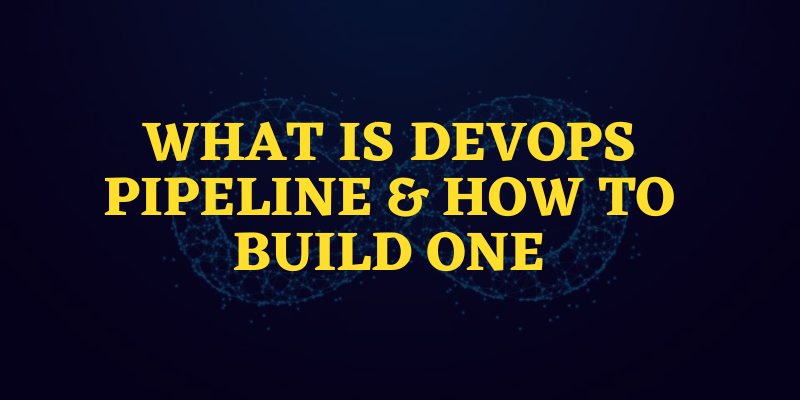
Introduction:
This blog discusses the basic Concepts of DevOps Pipeline, how they function in DevOps environments, and the steps that code must go through before being released to production. People expect to see their favorite apps with the newest features faster. The days of software developers having years to create and remove new products are long gone.
Therefore, any software development business needs a strong DevOps pipeline to stay up with client requests and standards. To learn more about it, join DevOps Training in Chennai.
What is a DevOps Pipeline?
A DevOps pipeline is a collection of procedures used by the development (Dev) and operations (Ops) teams to build, test, and deliver software more quickly and efficiently. Keeping the software development process focused and organized is one of the pipeline’s primary goals.
The word “pipeline” may be a little deceptive. A good comparison would be an assembly line in a car plant, as software development is a constant cycle.
The car must go through many assembly steps, tests, and quality checks before the supplier distributes it to the public. To make the frame attractive to people, workers must also add the motor, wheels, doors, electronics, and a final coat of paint.
FITA Academy offers the best DevOps Online Course to enhance your technical skills in the DevOps domain.
Concepts Of DevOps Pipeline
You must write the code before making an app or a new feature available to users. After that, make sure that it doesn’t result in fatal mistakes that could cause the program to crash. Running numerous tests to find any problems, errors, or typos is necessary to prevent such a situation. Once everything is operating as expected, you may make the code available to users.
You can infer from this short overview that the build, test, and deploy steps make up a DevOps pipeline.
Components of a DevOps Pipeline
It is necessary to use many DevOps strategies and practices to ensure that the code moves easily from one stage to the next. Continuous Integration and Continuous Delivery (CI/CD) are their most crucial.
- Integration
- Delivery
- Service
- Testing
- Functions
Phases of DevOps Pipeline
There are typically eight steps in the DevOps process. Planning, coding, building, and testing are the steps in the development phase. Release, Deploy, Operate, and Monitor are the stages in the Operations process.
1. Plan
Building a road map for your project’s technology, environment, structure, and architecture will help you achieve your objectives. In the planning step, you should also choose the software and tools you’ll employ; more on this later.
2. Code
This phase is rather simple, and it is when we begin developing project-related code. In reality, we’re preparing to create a testable product. Because writing code can take a long time, now is a great moment to use automation tools.
3. Build
We build the specified code in preparation for testing in the build stage. A development environment is used to make the code, enabling testing and bug corrections.
4. Test
Testing is exactly what it sounds like—ensuring the project operates as intended and finds any bugs or behavioral problems. UI/UX testing may also occur at this stage, depending on how your team works.
5. Deploy
The deployment step is when the project is moves from the development environment to the test environment so that end users can access it. The consumer/user is exposes to approve the changes during this phase.
6. Monitor
The project is being utilized and interacts with during the Monitor stage. The recorded data will teach teams more about behavior, user response, and the product’s overall performance.
Conclusion
You now know what a DevOps pipeline is and how it can assist shorten the time it takes to develop software. But this is only the very tip of the iceberg for Concepts Of DevOps Pipeline.
Every firm will have a different method for adding a DevOps pipeline to their processes because the topic is wide. The ultimate objective is to develop a reliable system that uses automation and allows for continual improvement to assist in the quicker and simpler delivery of high-quality products. To learn more about What is DevOps and what is Ansible, join DevOps Training in Coimbatore.
Also Read: Data Science Interview Questions and Answer
